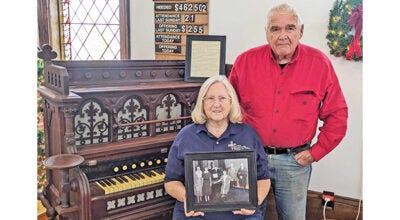Microcars exhibit extended at Studebaker Museum
Published 4:24 pm Friday, October 19, 2012
Due to popular demand, the Studebaker National Museum’s Microcar exhibit has been extended through Oct. 28. New to the exhibit is a 1960 Vespa 400.
In addition to motorbikes, the Vespa brand also appeared on automobiles from 1957-1961. The Vespa 400 took its name from its engine displacement (400 cubic centimeters). The two-stroke two-cylinder engine produced 14 horsepower and could propel the car to just over 50 miles per hour. More than 28,000 Vespa 400s were built over its five-year production run. (Exhibited through the courtesy of Najeeb Khan.)
The Microcar has been part of the automotive landscape for more than a century. Its roots lie in Europe, where narrow roadways, crowded urban areas and high fuel prices created the demand for small, fuel efficient cars. In postwar America, the Microcar became part of an alternative transportation subculture and often found a home as a fashionable “second car” or an automotive pet. This exhibit looks at some of the smallest vehicles to grace America’s roadways, including BMW’s Isetta, the Nash Metropolitan, and the Austin Mini. Also featured will be a rarely-seen Fiat 600 Multipla and an Autobianchi Bianchini Transformer.
It is also a celebration of the 21st Century revival of the Microcar through the Smart Car. This exhibit will be on display through Oct. 28, at the Studebaker National Museum, 201 S. Chapin St. in downtown South Bend. Call (547) 235-9714.





